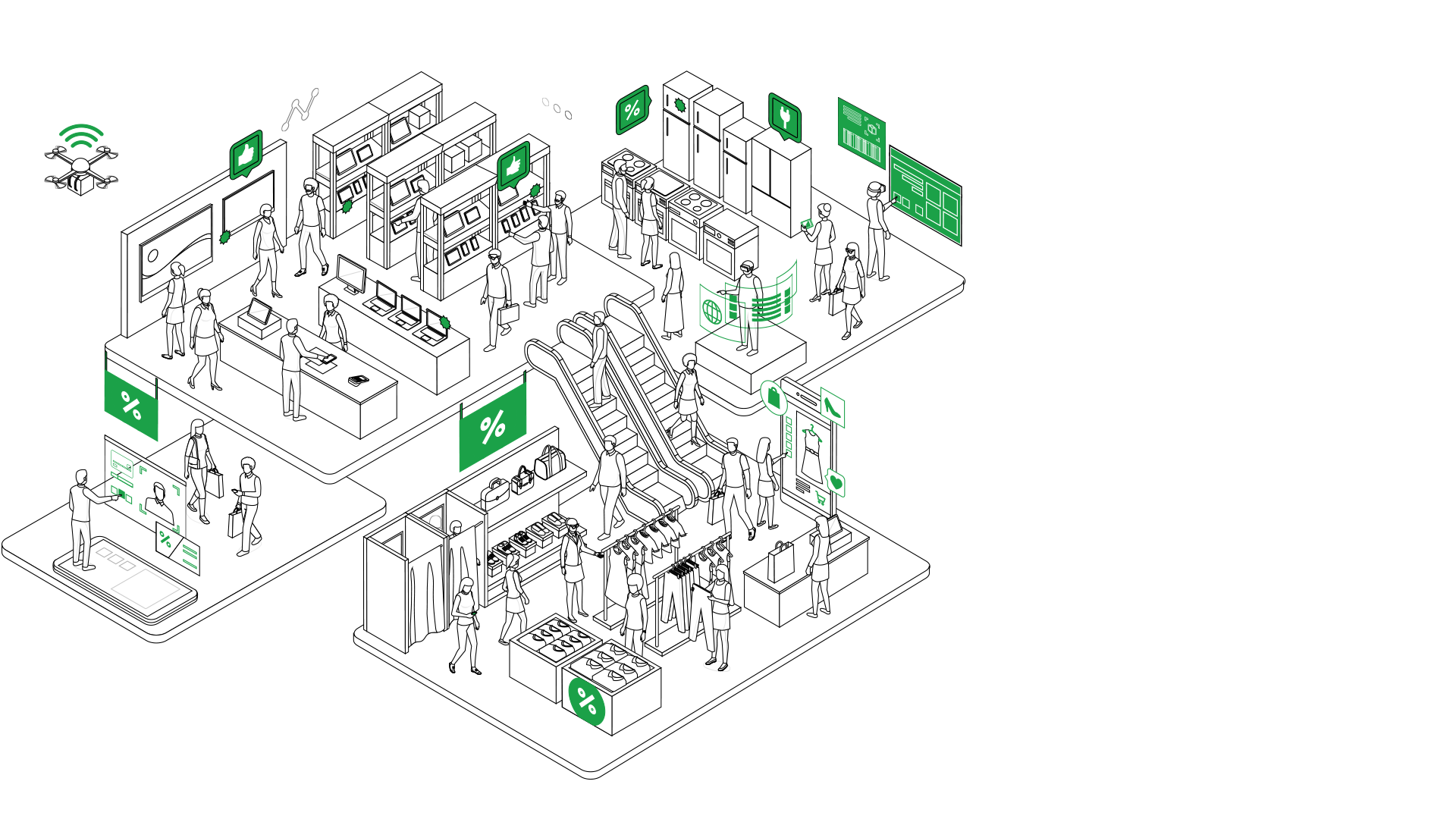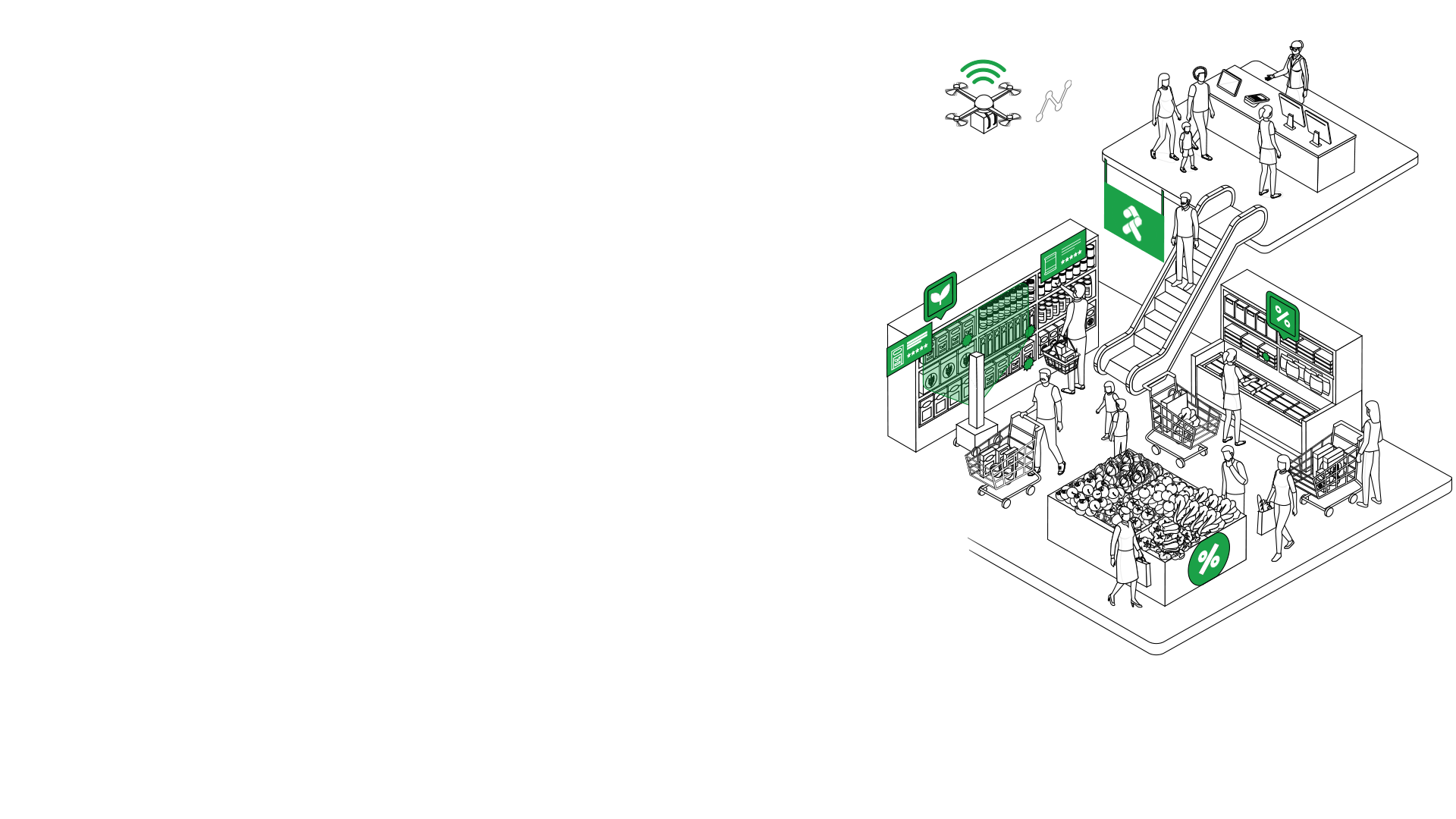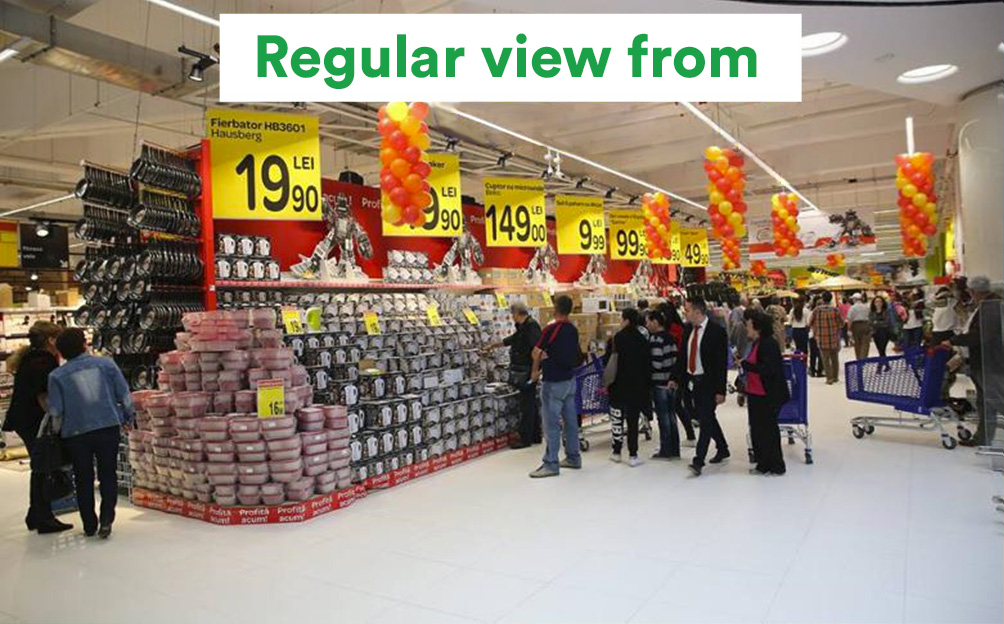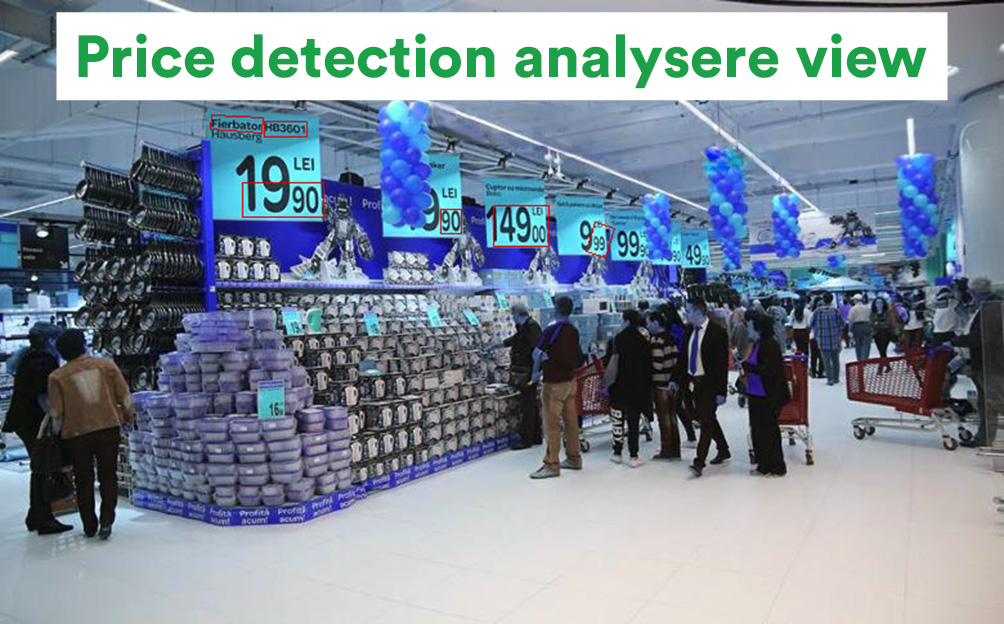Commercial wars


In nearly 20 years there hasn’t been much change in retail. Of course, e-commerce and d-commerce continue to be revolutionary, but when you get down to the physical retail store operations, the work seems all the same — scanning barcodes, stocking shelves, paper price tags — just the same way it did two decades ago.
eCommerce Revolution
eCommerce revolution was just the start and that retail continues to see major disruptions and innovations—the pandemic accelerated many of the changes in the last 18 months. But with all the transformation retailers have had to go through with this digital landscape, where will the next era of innovation take place?
The retail sector innovation mindset has been lacking a cohesive strategy. While some of the largest retailers have a clear technology roadmap ahead of them, the more frequent occurrence is a trial-and-error approach. It’s as if the retailers play a round of “loves me, loves me not” with the new robotic technology they see their competitors trying out and don’t truly invest in or trial to see real results. This makes the innovation process very inefficient. Let’s get ahead of this and be proactive.
Easily define your shopping list by introducing name, description and priority you want. Based on the priority, shopping lists are ordered so you can see and access the most important first. Walking in the shopping area it’s all you have to do now:
take pictures of the products of interest. Our application will automatically detect and show you the best price and give you order steps. Bookmarked products are visible on augmented reality of the location, so you can easily get back to them anytime.
Scope
Using Intel Movidius USB to track and identify products in a store, we created a mobile application capable to identify products in a store and automatically add them to cart.
Solution
The mobile app will use the camera to take pictures and identify products, using CNN pre-trained model. Once identified, products can be added to cart or bookmarked for later buying. Bookmarked products will be visible in augmented reality inside the store.
Key Features
• Based on user profile behavior and preferences:
• Special discounts can be accessed based on retail discount rules,
• User can receive suggestion of other related products
• Bookmarked product’s location are displayed on interactive store map using AR
• Micro-influencing Marketing Campaigns
• Sharing products pictures on social media
Technology
Intel OpenVINO library, Intel Modivius USB, React Native, Augmented Reality (ViroReact)


Retail market dynamic requires a permanent adjustment of selling prices and alignment to the competition, listing and implantation of new products – all of which generate a large number of price and label changes in retailer stores and an enormous headache for the retail staff.
In this context of change and after the redefining of the role of the scanning team, there is an acute need for a tool to take responsibility for ensuring correct labels on the shelf.
Scope
According to a study of about 600 households and several retailers conducted last month by IHL Group, retailers are missing out on nearly $1 trillion in sales due to they don’t have on hand what customers want to buy in their stores.
An “out-of-stock” situation includes empty shelves encountered by 32% of shoppers) or the price in store didn’t match an ad (18%) among others.
Solution
Using Intel Movidius and OpenVino to detect scene text using image segmentation, we created an API that can be used to read, detect and recognize text in any picture, especially prices for products in shelfs.
The API takes an image as input and outputs the locations of texts within it. A Deep Neural Network (DNN) was trained to do two kinds of pixel-wise predictions, text/non-text prediction and link prediction.
Key Features
Able to identify:
• Misplaced products in shelf
• Mismatched price in the shelf with store inventory
Technology
Intel OpenVINO library, TensorFlow

